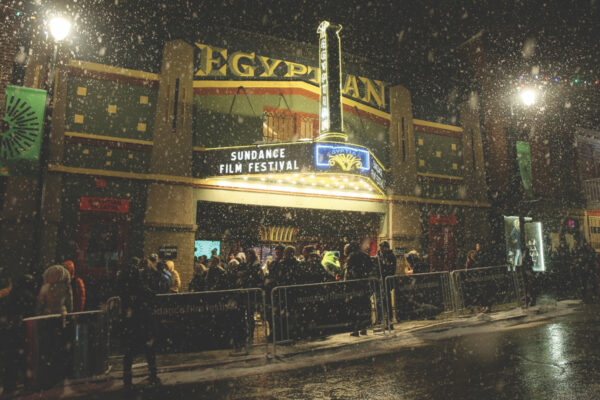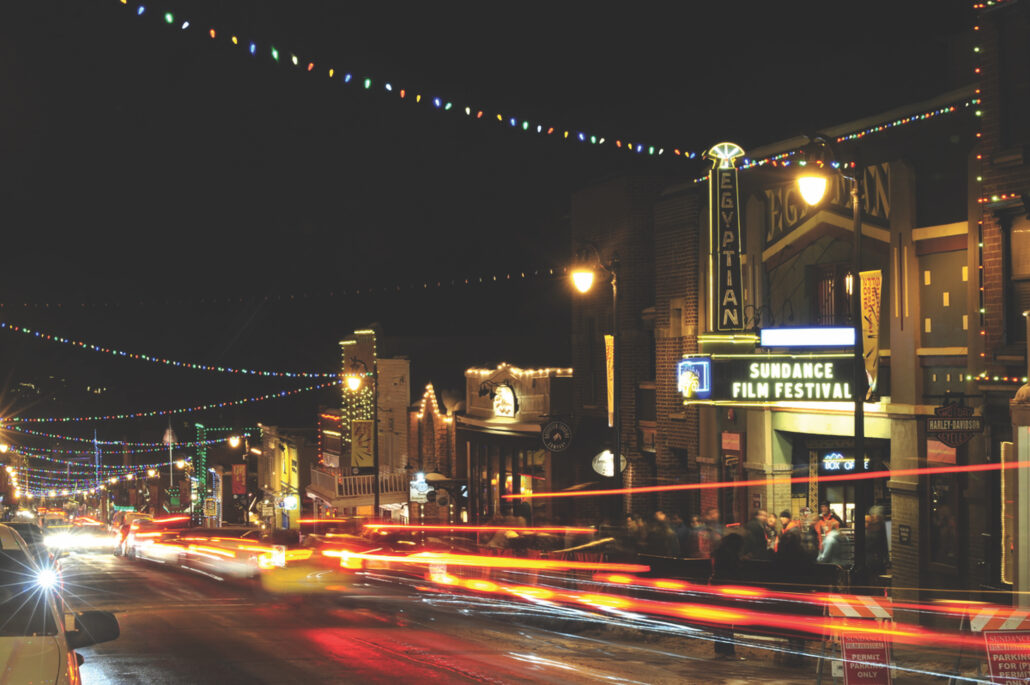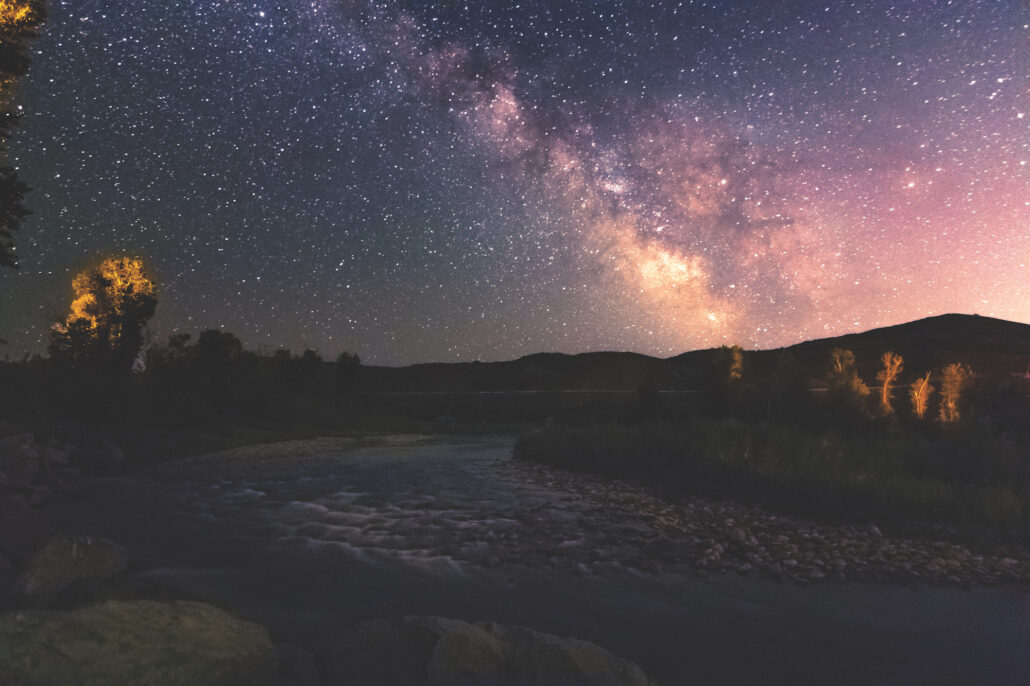
The enduring magic of Sundance Film Festival
Redefining the cinematic landscape in Park City
Written By: Brooke Constance White | Images: Courtesy Sundance Institute: Jonathan Hickerson and Jemal Countess
As one might imagine, there was a certain energy during the early years of the Sundance Film Festival. The event was at the forefront of the modern indie film festival movement, and the excitement was palpable.
“The organizers aimed to cultivate a growing audience for independent film, giving them an opportunity to watch films they might not typically see at the theater,” Sundance Institute Archivist Tanya De Angelis says. “Robert Redford and the Sun- dance Institute wanted to develop a focus on the unique, and artists and independent storytellers were enthusiastic about gathering together and sharing their work in a place where it wouldn’t be so easily pigeonholed.”
And while the festival has grown and changed in the nearly 40 years since the Sundance Institute took the helm in 1985, its mission and focus have remained the same. At its core, it seeks to discover, support and inspire independent artists worldwide and introduce audiences to their new work.
“The focus has and always should be on artists and their stories. Independent storytellers advance and challenge cultural discourse by creating stories that explore and document the world around us,” Tanya says. “By uplifting and showcasing this independent approach to creating and exploring, there will always be new stories and perspectives that push boundaries and take risks, giving artists and audiences the opportunity to discover, engage, connect and create community.”
The festival was initially known as the U.S. Film Festival and was held over the summer in Salt Lake City before the late film director and Sundance board member Sydney Pollack suggested a change in timing (moving the festival from late summer to mid-winter) and venue (relocating to Park City). According to the Park City Museum, he told organizers, “You’d be the only film festival in the world held in a ski resort during ski season, and Hollywood would beat down the door to attend.”
The changes stuck. Around the same time, “The Sundance Film Festival as we know it was born and this year celebrates its 40th edition,” Tanya says.
While the festival has expanded to include screenings in Salt Lake City and Sundance, Utah, where it all started, Park City is the festival’s home. There is, undoubtedly, a certain magic that comes with having a film festival in a snowy mountain town. Filmmakers and festivarians must make their way through a winter wonderland to see an artist’s work on the big screen for the first time. It’s one of the many unique-to-Park-City moments that make the festival so magical.
Although the institute and the festival have expanded over the last four decades, they have continued to showcase work by global filmmakers and invest in the careers of emerging filmmakers.
“Our mission has remained the same throughout, which as a nonprofit organization, is dedication to the discovery and development of independent artists and audiences,” Tanya says. “Going into the 2024 festival — our 40th edition — we’re excited to uphold that commitment while embracing the many changes that have happened since our inception.”


